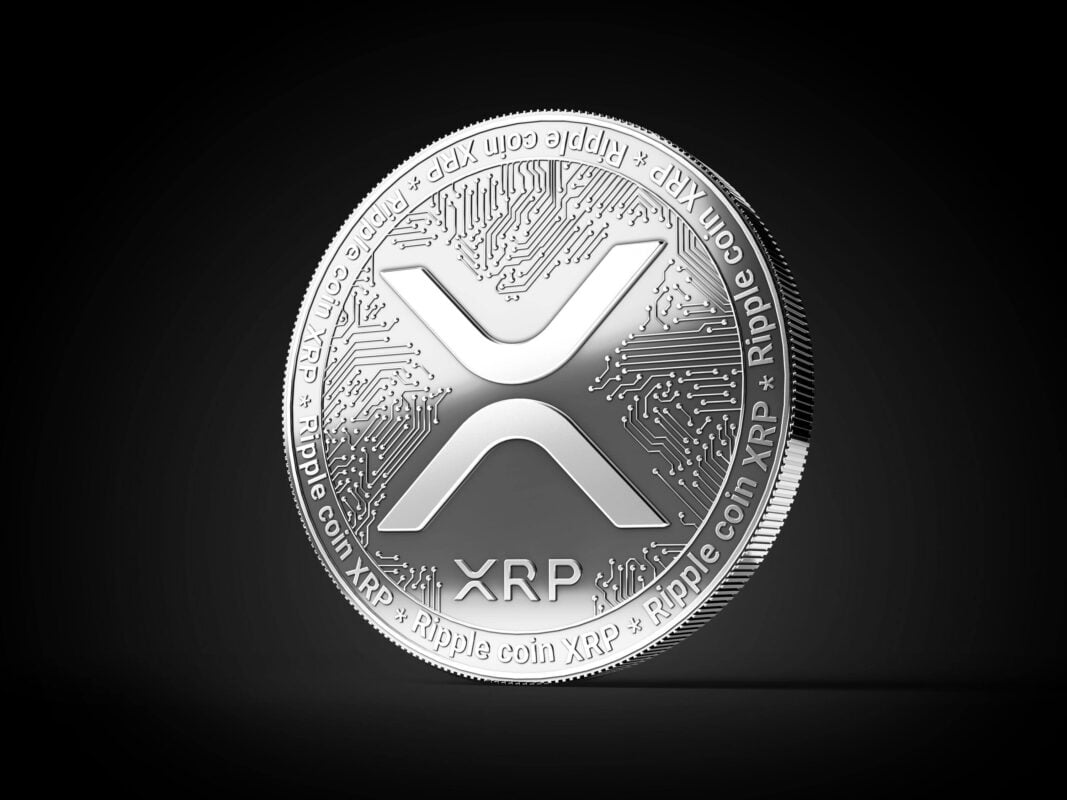TLDR
- XRP’s total supply is reduced by approximately 985,000 tokens each year through the XRPL burn mechanism.
- The ongoing burn could create a sense of scarcity that supports XRP’s price growth over time.
- In a moderate adoption scenario, XRP’s price could rise to $20 to $28 by 2050 due to increased use.
- If XRP becomes a liquidity hub, its price could surge to $180 to $300 by 2050 with a higher burn rate.
- In an optimistic scenario, XRP’s price could reach between $1,200 and $3,500 by 2050 with extensive global adoption.
The ongoing burn mechanism in the XRP Ledger (XRPL) could play a key role in shaping XRP’s price by 2050. With nearly 1 million XRP burned every year, a continuous reduction in the coin’s total supply is expected. While the effect of this supply decline remains uncertain, several experts believe it could create a sense of scarcity, boosting XRP’s value over time.
Adoption Boosts XRP Price to $20-$28 by 2050
In a moderate adoption scenario, XRP’s price could rise substantially by 2050. If banks, remittance companies, and fintechs continue adopting XRP, the price could increase to between $20 and $28. ChatGPT’s model predicts this range with the added effect of the XRPL’s burn mechanism.
The network currently burns around 985,000 XRP annually. This reduction, while small in absolute terms, could influence market perceptions of scarcity. As a result, investors may factor this supply reduction into their valuations, potentially lifting XRP’s price over time.
Despite the XRPL’s burn mechanism, the primary factor for price growth will remain adoption and increased liquidity. If XRP’s adoption accelerates, market sentiment could further support higher valuations. This scenario envisions a more stable, yet steadily growing, price trend.
XRP as Liquidity Hub Pushing Price to $180-$300
In a more bullish scenario, XRP could become a major liquidity hub for cross-border payments and tokenized assets. With adoption growing at 12-15% annually, XRP’s price could surge to $180 to $300 by 2050. If this scenario plays out, the XRPL’s burn rate could also rise to 100,000 XRP daily, accelerating the supply reduction.
In this case, the network could permanently remove between 500 million and 1 billion XRP from circulation. The combination of higher adoption and a more significant burn mechanism would create additional scarcity, pushing prices higher.
As XRP becomes more integrated into financial systems, the daily burn rate could climb further. This would have a dual effect, reducing supply while fostering broader use cases. Ultimately, this could lead to a massive price increase, surpassing the lower ranges outlined earlier.
XRP as Global Reserve Asset Potentially Reaching $1,200-$3,500
The most optimistic scenario involves XRP becoming a global reserve asset used for trillions in daily flows. This level of usage could propel XRP’s price to a range of $1,200 to $3,500 by 2050. If adoption reaches this level, the XRPL could burn hundreds of thousands of XRP daily, drastically reducing the total supply.
In this scenario, XRP’s burn rate could remove 5-10 billion XRP from circulation over time. This 5-10% reduction in total supply could create meaningful scarcity, which might drive the price to even higher levels. As XRP serves as a neutral global settlement asset, its demand could skyrocket.






